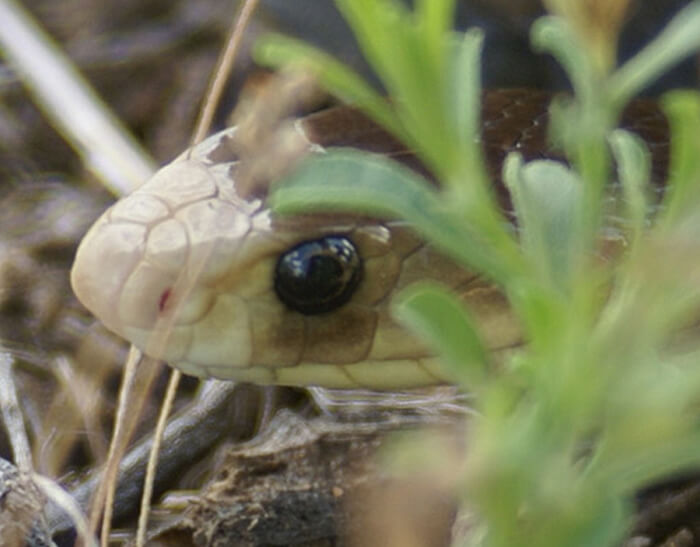Introduction
Tiger serpents are among one of the most widely Fierce Snake (Notechis species) known and feared reptiles in Australia, widely identified for their striking look and potent venom. This post intends to explore the intricacies of the tiger serpent's environment, circulation, actions, and what one can expect when encountering these fascinating creatures. By recognizing where to discover them and just how to navigate potential threats, you can appreciate their function in the ecological community while guaranteeing your safety.
Tiger Serpent Habitat: Where to Locate Them and What to Expect
Tiger serpents first aid care for snake bite are primarily found in southeastern Australia, consisting of Tasmania, where they thrive in a variety of settings. Their flexibility permits them to populate diverse surfaces such as seaside areas, marshes, meadows, and also urban locations.
Geographical Distribution of Tiger Snakes
The geographical reach of tiger snakes expands across numerous Australian states. They are specifically typical in:
- Tasmania: The Tasmanian tiger serpent is among one of the most recognized subspecies. Victoria: Found near water bodies like rivers and lakes. New South Wales: Preferring bushland locations close to water sources. Western Australia: Even more commonly seen around swamps and estuaries.
Understanding the geographical circulation is crucial for both conservation initiatives and public understanding regarding encounters with these snakes.
Preferred Habitats of Tiger Snakes
Tiger serpents thrive in different habitats. Below are some typical environments where they may be discovered:


Behavioral Patterns Connected to Habitat
Understanding tiger serpent actions within their habitats is crucial for communication administration:
- Nocturnal Activity: Tiger serpents tend to be much more energetic during twilight hours (sunset and dawn), making them more difficult to identify during daytime. Territorial Nature: They exhibit territorial habits; hence, it's paramount to respect their area if encountered.
This understanding can assist minimize undesirable communications between humans and tiger snakes.
Are Tiger Snakes Venomous?
Yes, tiger serpents are indeed poisonous. Their venom contains neurotoxins that can cause paralysis or even fatality if untreated.
What Makes Their Poison Dangerous?
The effectiveness of a tiger serpent's venom differs depending upon a number of factors:
- Geographic location Individual health Quantity injected during a bite
Symptoms of a Tiger Serpent Bite
Recognizing signs early is crucial:
- Pain at the bite site Swelling Difficulty breathing
Immediate medical interest is important if bitten.

First Help for Snake Bites
Knowing first aid procedures can be lifesaving in situation of a serpent bite.
First Aid Steps for Snake Bites
Stay calmness; keep the afflicted area still. Call emergency solutions immediately. Apply a stress plaster over the bite site. Keep the private lying down until assistance arrives.Following these steps can substantially boost outcomes adhering to a snake encounter.
Where Else Can You Come Across Tiger Snakes?
While they're typically found in their natural habitats, urbanization has actually caused raised encounters with humans.
Urban Encounters
Tiger snakes may venture right into gardens or parks searching for food or water sources.
Precautions When Treking or Exploring
When exploring locations known for tiger snake habitats:
- Wear thick boots Stay on paths Be vigilant
Taking these precautions will aid decrease threats while you take pleasure in nature.
Baby Tiger Snakes: A Special Perspective on Growth
Just like grownups, child tiger serpents are born poisonous however smaller sized in dimension.
Characteristics of Infant Tiger Snakes
- Size: Usually around 20-- 30 cm when born. Appearance: Sport comparable pigmentation as grownups but may have lighter bands initially.
Understanding their advancement helps in appreciating their eco-friendly duty from infancy onward.
FAQs regarding Tiger Snakes
1. Are all tiger snakes venomous?
Yes, all species of tiger serpents have venom efficient in causing severe harm.
2. Just how can I recognize a tiger snake?
Look for distinct banding patterns varying from yellowish-brown to blackish shades along their bodies; grownups usually grow between 1-- 2 meters long.
3. What should I do if bitten by a tiger snake?
Seek instant clinical attention; apply first aid measures as talked about earlier while maintaining calm.
4. Do infant tiger snakes position any kind of danger?
Absolutely! Despite their tiny dimension, baby tiger serpents are still venomous and can provide attacks that need significant medical attention.
5. Are there any particular habitats I ought to avoid?
Avoid walking through dense underbrush or near stationary water where conditions prefer snake visibility during warmer months.
6. Exactly how do preservation efforts influence tiger serpent populations?
Conservation efforts focus on habitat conservation which straight impacts populace stability by making certain adequate food sources and risk-free reproduction locations.
Conclusion
In recap, understanding "Tiger Serpent Habitat: Where to Discover Them and What to Expect" not only enriches our expertise concerning these exceptional reptiles however also enhances our ability to coexist securely with them in shared settings. From identifying keelback snake their preferred environments to knowing just how to react properly if bitten, thorough expertise equips us all-- whether we're wildlife lovers or laid-back walkers-- to appreciate this fascinating aspect of Australia's natural heritage while prioritizing our safety.
This short article serves as an extensive guide on every little thing related to tiger snake environments! Whether you're a passionate explorer or somebody looking simply for details about these creatures, understanding how they interact within their ecosystems-- and exactly how we suit that picture-- is crucial!